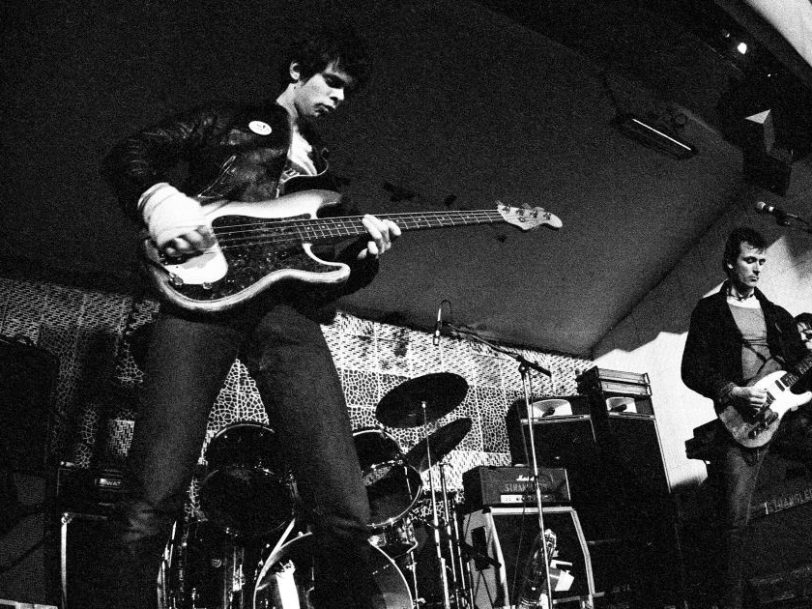The Stranglers may have been notoriously ambivalent about punk, but they were responsible for two of the initial movement’s classic albums, Rattus Norvegicus and its fierce, provocative follow-up, No More Heroes. Yet even before 1977 had drawn its last breath, work was underway on their third album, Black And White: a stark, yet highly compelling record which proved the band had already outstripped most of their contemporaries.
Listen to ‘Black And White’ here.
“We did wanna go further technically and musically”
Isolated in a rehearsal studio called Bear Shank Lodge, near Oundle, in the middle of the Northamptonshire countryside, the group began work on Black And White as 1977 came to a close. “That Christmas 1977 in the middle of the writing sessions the others had homes to go to,” bassist/vocalist JJ Burnel recalled in an interview with Louder Than War in 2015. “I had nowhere to go so I stayed at Bear Shank Lodge… The weather was bleak. I remember a picture of us playing chess in the snow outside and it captured the bleakness very well.”
The music that emerged from these intensive writing sessions was equally dark and intense – and it reinforced the belief that The Stranglers were firmly focussed on embracing the future.




